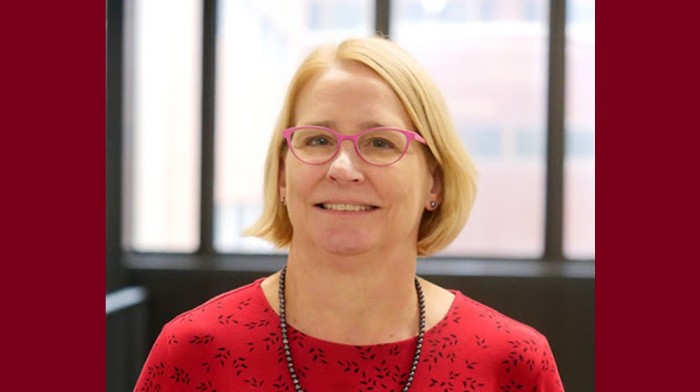
According to the American Diabetes Association, approximately 8% of adults in Minnesota are diagnosed with diabetes.
Fortunately, Betsy Seaquist, MD, an endocrinologist with University of Minnesota Physicians (M Physicians) who specializes in hypoglycemia and the complications of diabetes, says the disease is very treatable.
Diabetes is a disease where the blood sugar is elevated. It occurs when the body cannot make enough insulin for its needs.
“In Type 1 diabetes, the cells that make insulin are destroyed by the immune system. These patients must take insulin to live,” Dr. Seaquist said. “In Type 2 diabetes, the pancreas does not make the right amount of insulin at the right time and the body’s ability to use insulin is also decreased. Sometimes patients with Type 2 diabetes also take insulin, but there are other drugs that can be used.”
However, it is not always obvious if someone has diabetes.
Most people with diabetes are asymptomatic, which is why screening for the disease must be done in populations at risk,” Dr. Seaquist said.
”If the blood sugar gets high enough, people can lose weight, become very thirsty, drink a lot of fluids and have blurred vision.”
Risk factors for Type 2 diabetes include older age, a history of gestational diabetes with a pregnancy, a family history of diabetes, obesity and having Native American, African American, Asian American, Latino or Pacific Islander ancestry.
Dr. Seaquist says people at risk for Type 2 diabetes can reduce this risk or postpone the onset of the disease by maintaining a lean body weight and exercising regularly.
“At the time of diagnosis, education about what to eat, how much to eat and exercise is essential,” Dr. Seaquist said. “We now have a great variety of drugs and technologies that can help people manage their blood sugars. It is important that patients work with their health care teams to get their blood sugars in a healthy range.”